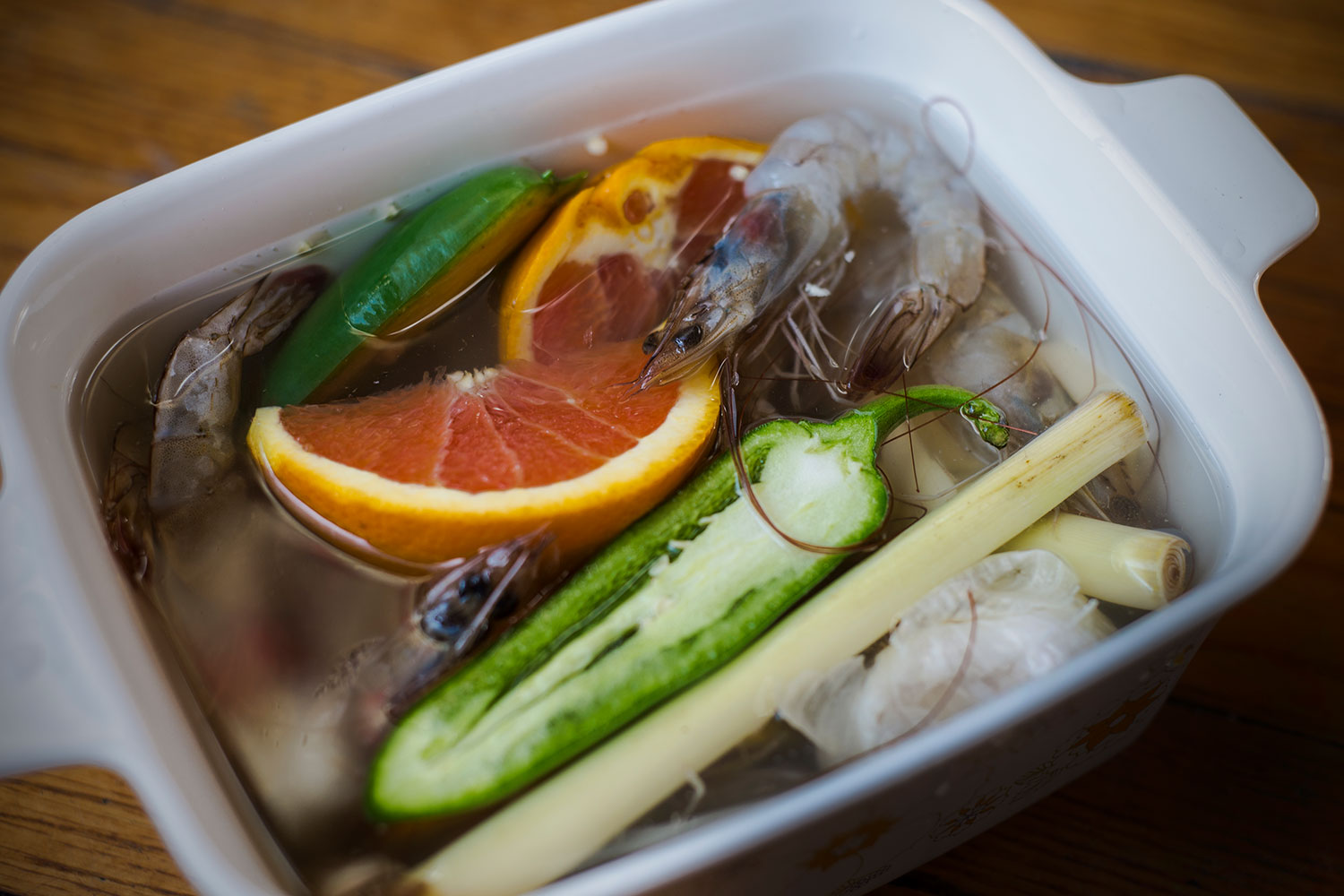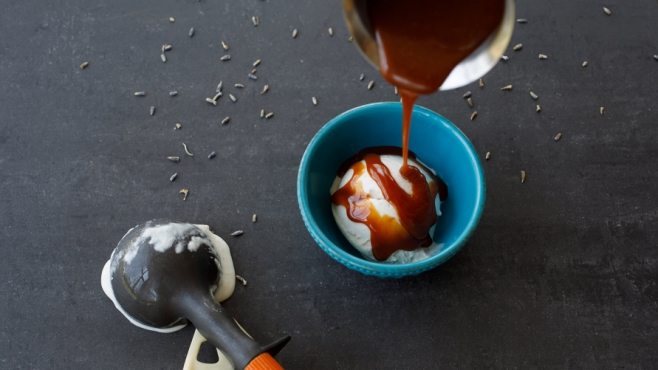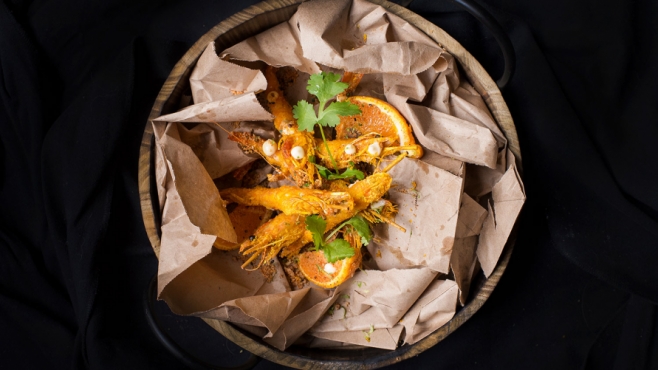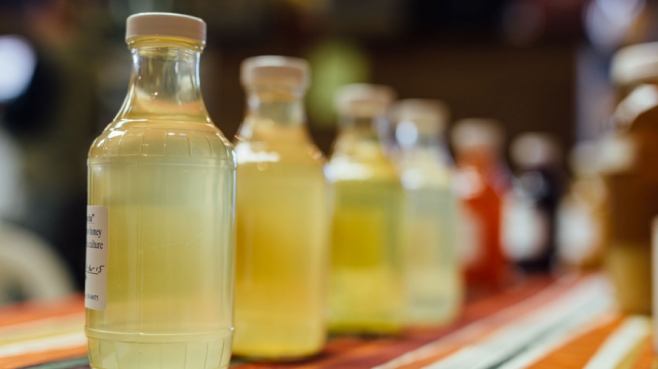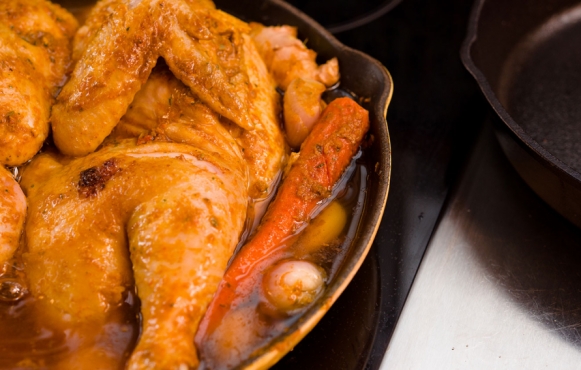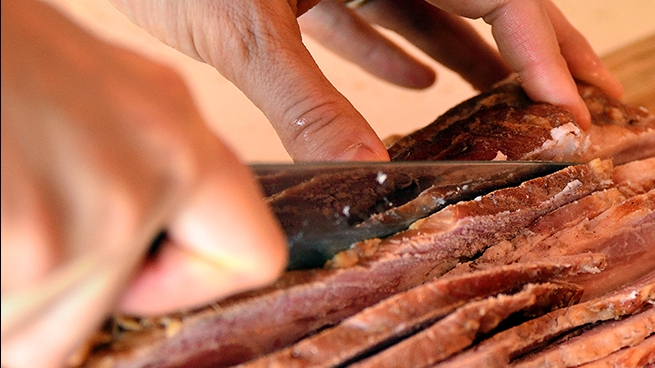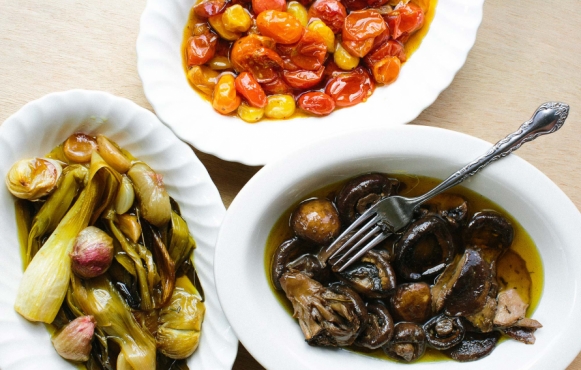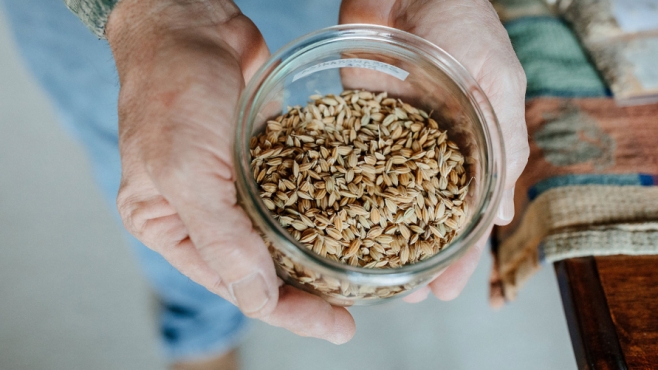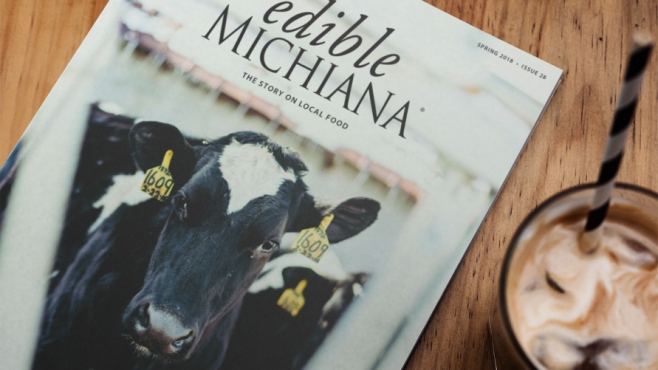Kitchen wizardry: techniques for the passionate cook
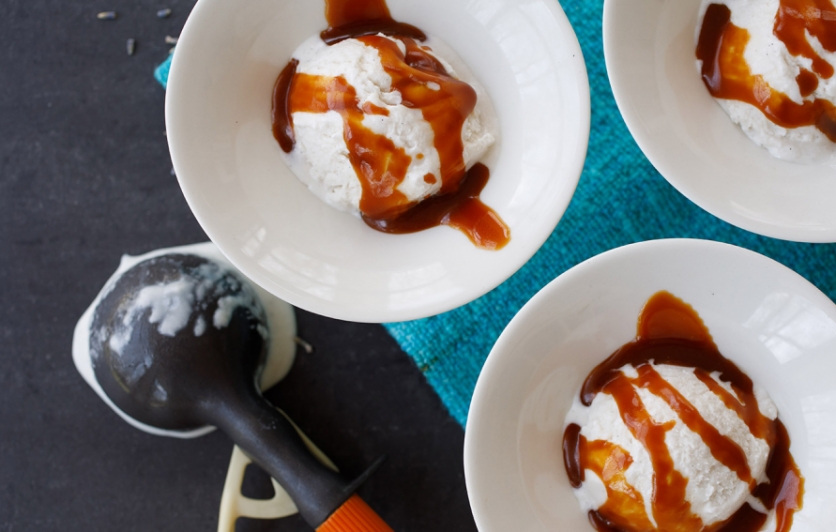
A little bit of science goes a long way in the kitchen. Mastering basic cooking techniques can transform simple ingredients and expand your repertoire, providing inspiration for creative experiments. Here are a few techniques to add to your toolkit: the secrets to juicier meats, more flavorful sauces and making your own mayonnaise or silky vinaigrette. Below the techniques are recipes that put them to good use.
Brining
Brining works its magic through osmosis. Soaking meat in salty water breaks down muscle proteins, making it more tender, and the absorbed liquid makes the meat juicier. You can flavor brine with aromatics or other liquids such as apple cider vinegar. Always brine in the refrigerator, making sure the meat is not exposed to air. Brine only for the recommended time; soaking for too long will negatively affect texture.
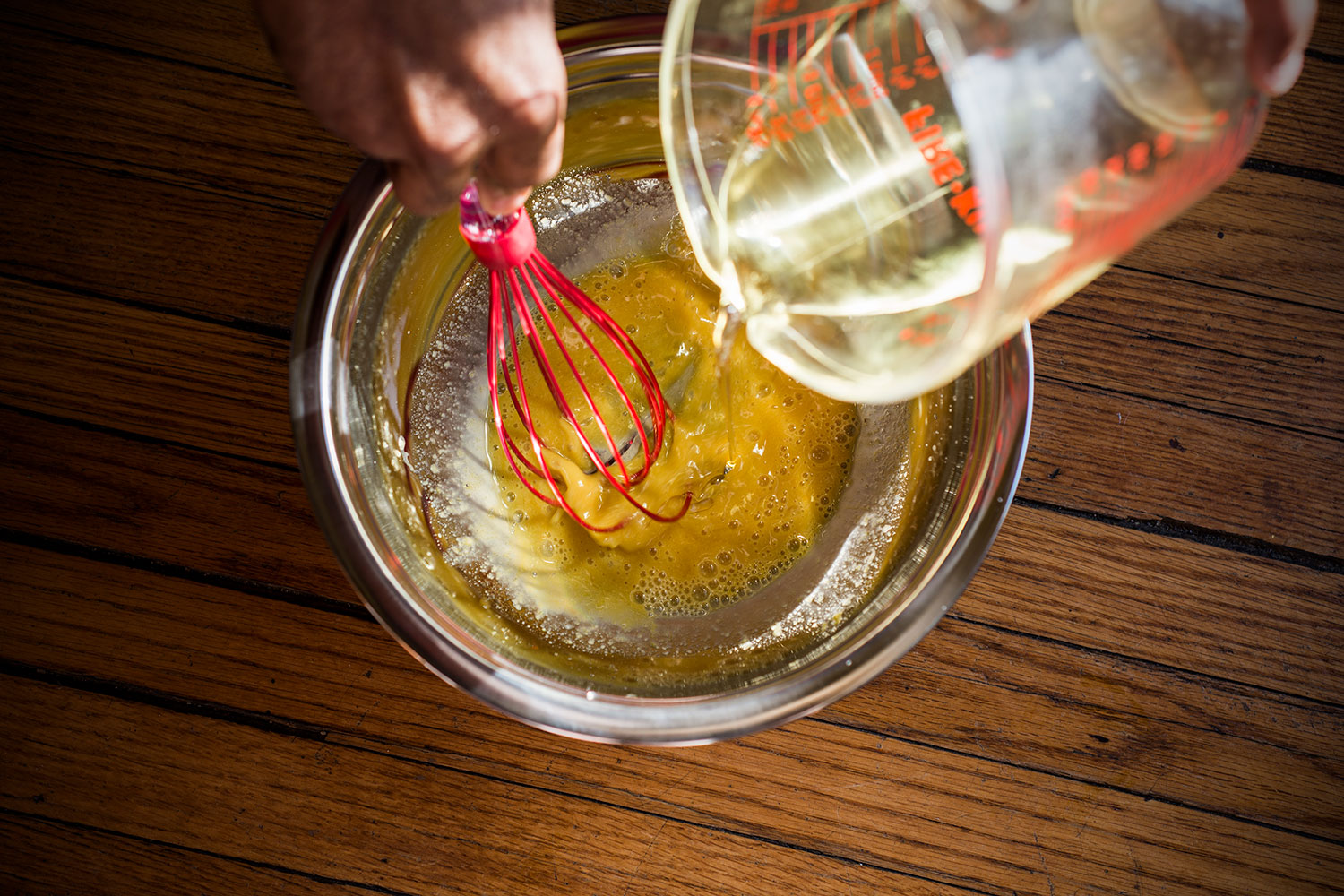
Emulsification
The emulsification of unlike elements, such as oil and water, requires two things: an emulsifier and force. Emulsifier particles have one hydrophilic (water-friendly) end and one hydrophobic (oil-friendly) end. Vigorous whisking or blending of an emulsifier— such as egg yolk, mustard, or even honey or garlic paste—with a watery liquid and an oily liquid creates a stable emulsion. Time and temperature matter! Oil must be added slowly, one drop at a time, to form a stable emulsion. And extremely high or low temperatures can break an emulsion. Practice makes perfect.

Steeping
Steeping extracts the essence of an ingredient to flavor a liquid. The liquid (usually water, alcohol, oil or vinegar) may be hot or cold. Higher temperatures extract flavors more quickly, and different flavor compounds are extracted at different temperatures. The longer the steeping process, the stronger the infusion will be, but bitterness can develop if you oversteep. Tea is the first thing that comes to mind when I think of steeping, but there are many novel ways to use herbs, fruit, nuts and spices to flavor liquids and jazz up drinks and dishes.
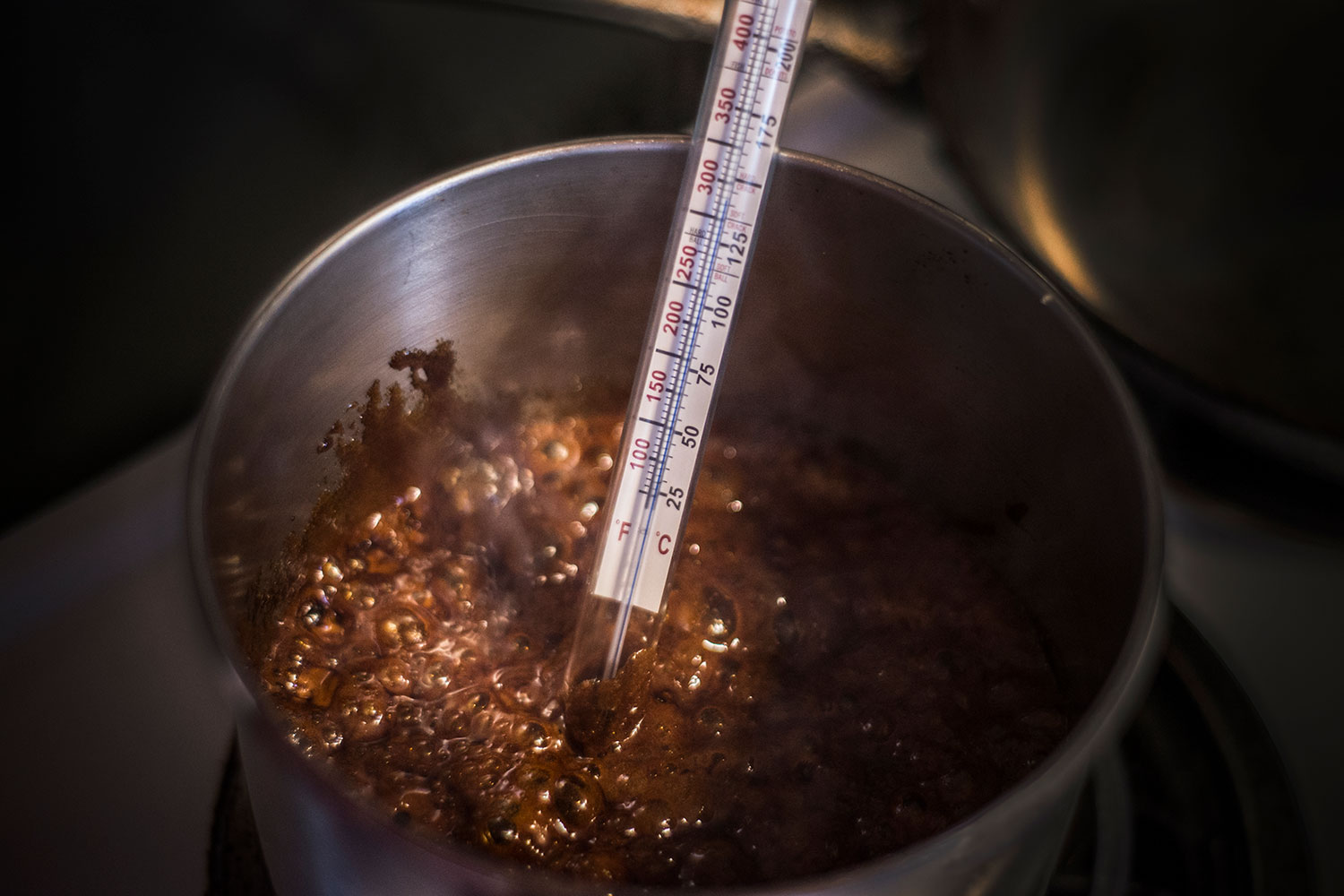
Caramelization
Caramelization is the browning of sugar, during which water is released as steam and sugar breaks down, forming hundreds of new aromatic compounds. These chemicals account for the complex flavors of caramel, which can be sweet and nutty, toasty, buttery or rumlike. Sugar begins to caramelize at around 320°, so caramelization can only occur in a dry-heat cooking environment, since the highest temperature water can reach is 212°. If caramelization is allowed to go too far, the mixture will become bitter.
Put the techniques to use in these two recipes.


